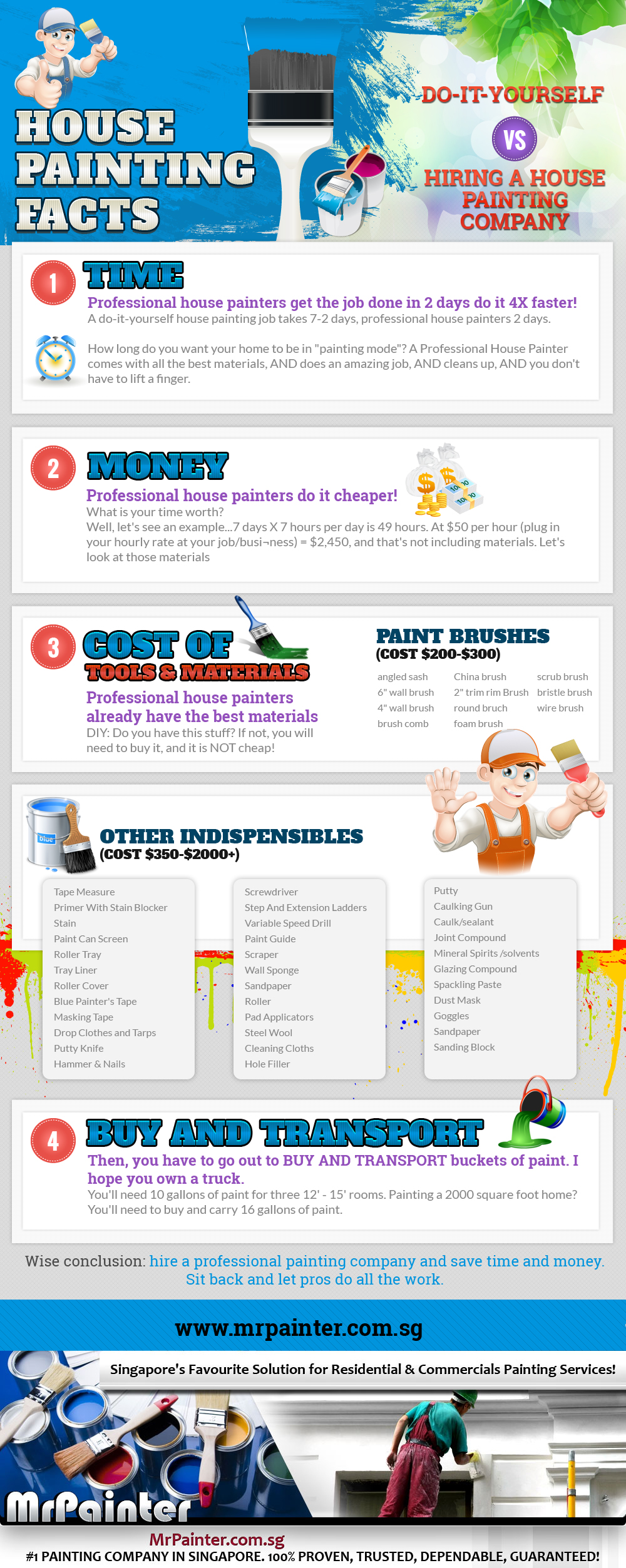Seasonal Considerations For Business Outside Paint: What You Required To Know
Seasonal Considerations For Business Outside Paint: What You Required To Know
Blog Article
Write-Up Produced By-Carlson Celik
When you're intending a commercial external paint project, seasonal elements can make or damage your outcomes. You'll intend to take into consideration how temperature and moisture effect paint application and drying times. Choosing the best season can guarantee your paint adheres effectively and lasts longer. But which periods are genuinely the most effective for this type of job? Let's discover the key elements that can influence your job's success.
The Impact of Temperature Level on Paint Application
When you're intending a commercial outside painting job, the temperature can substantially influence how well the paint sticks and dries out.
Preferably, you intend to repaint when temperatures vary between 50 ° F and 85 ° F. If it's also chilly, the paint might not treat correctly, causing problems like peeling or fracturing.
On the flip side, if it's also hot, the paint can dry out also promptly, stopping appropriate adhesion and causing an uneven coating.
You should likewise think about the moment of day; early morning or late afternoon uses cooler temperature levels, which can be more beneficial.
Always inspect simply click the next website for the details paint you're making use of, as they typically give assistance on the optimal temperature level array for ideal outcomes.
Moisture and Its Result on Drying Times
Temperature level isn't the only environmental element that influences your industrial exterior paint project; humidity plays a considerable function too. High humidity levels can decrease drying out times dramatically, affecting the general top quality of your paint task.
When the air is filled with dampness, the paint takes longer to heal, which can cause problems like inadequate attachment and a greater threat of mildew development. If you're painting on an especially damp day, be prepared for extensive delay times in between layers.
It's important to check neighborhood climate condition and strategy accordingly. Ideally, aim for moisture degrees in between 40% and 70% for ideal drying.
Keeping these consider mind guarantees your job stays on track and delivers an enduring finish.
Best Seasons for Commercial Outside Paint Projects
What's the best season for your commercial external painting jobs?
Spring and very early fall are generally your best options. During these periods, temperatures are light, and moisture levels are frequently reduced, producing ideal conditions for paint application and drying out.
Stay clear of summer's intense heat, which can trigger paint to dry too quickly, leading to inadequate bond and finish. In a similar way, winter's cool temperature levels can impede correct drying out and curing, risking the durability of your paint job.
Go for days with temperature levels between 50 ° F and 85 ° F for optimum outcomes. Bear in mind to examine the regional weather report for rainfall, as wet problems can ruin your task.
Planning around these variables guarantees your painting task runs smoothly and lasts longer.
Conclusion
To conclude, planning your industrial external painting tasks around seasonal considerations can make a significant difference in the outcome. By organizing https://home-painters-near-me87542.blog-a-story.com/15173186/looking-for-phenomenal-house-painters-discover-the-crucial-techniques-for-changing-your-home-magnificently-and-boosting-your-home-value-by-as-long-as-7 throughout the ideal temperature levels and moisture degrees, you'll guarantee much better bond and drying times. Keep in mind to watch on local weather report and pick the right time of year-- spring and early loss are your best options. Taking these actions will certainly help you attain a resilient and professional coating that lasts.
